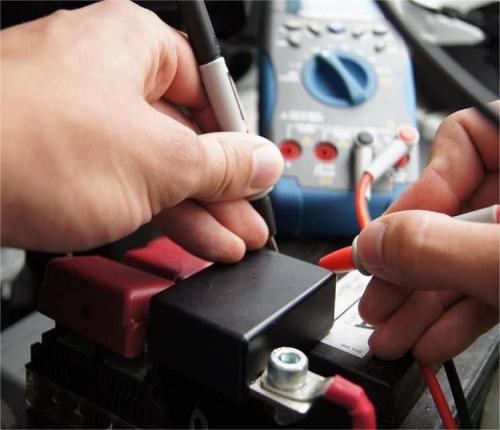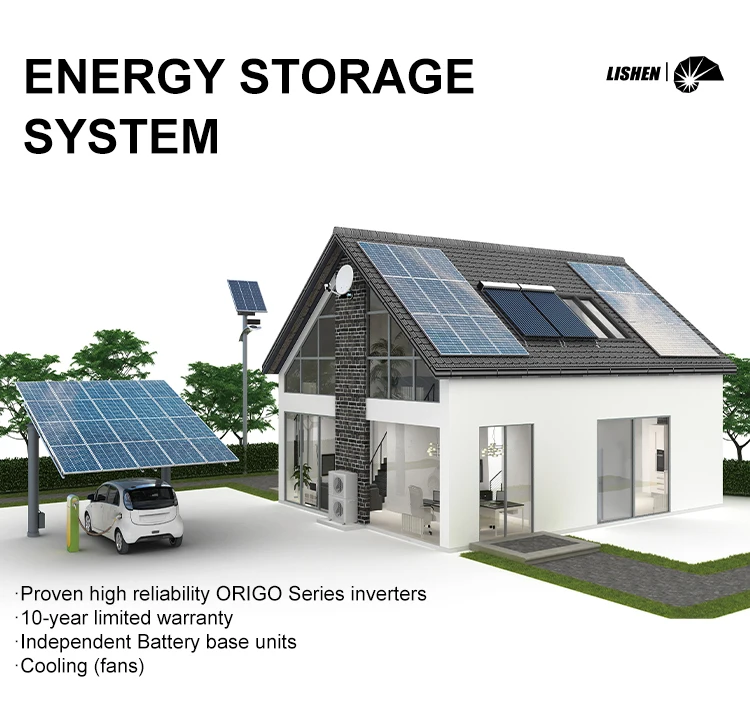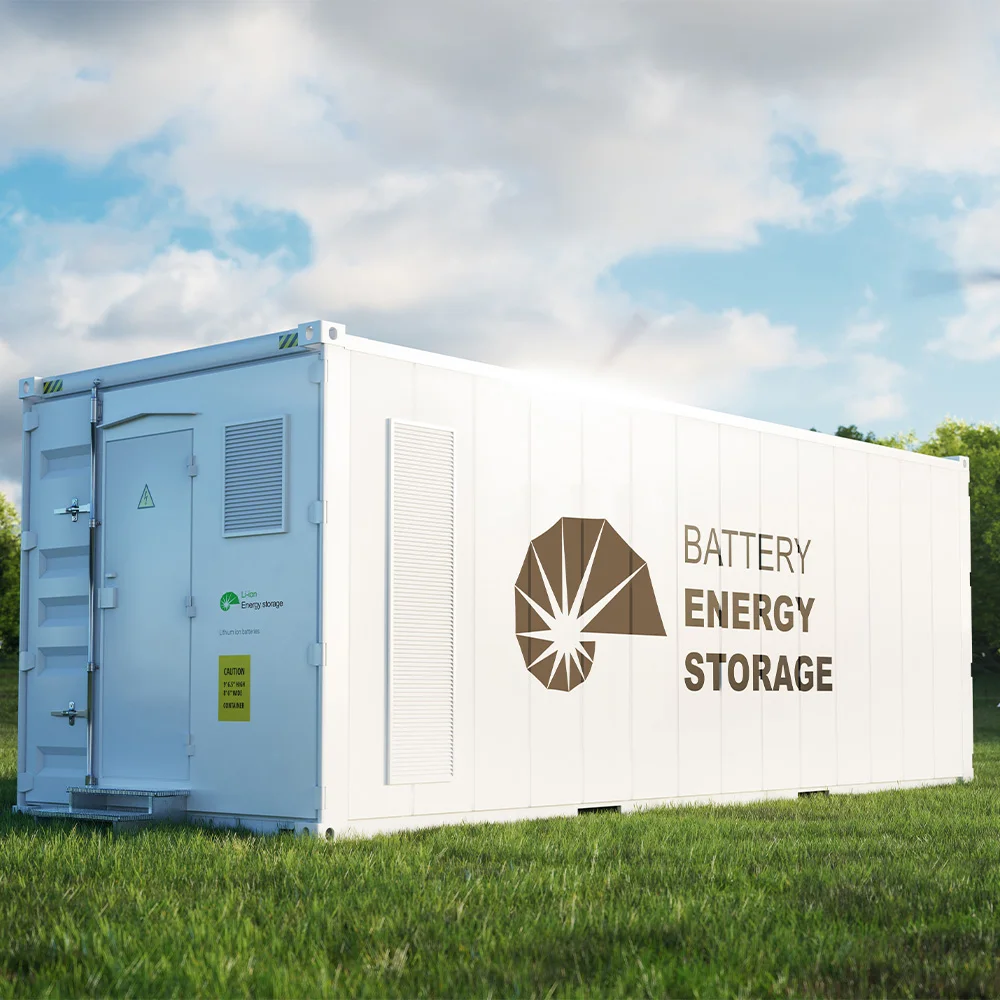Lithium-Ion Battery Care Guide
Batteries are used to store electrical energy. From an application perspective, they are all energy storage devices. Therefore, it can be said that all batteries are energy storage batteries. Later, to distinguish applications, they were classified into three types: consumer batteries, power batteries, and energy storage batteries. Consumer applications are in consumer products such as mobile phones, laptops, and digital cameras, power applications are in electric vehicles, and energy storage applications are in energy storage stations. Consumer batteries are familiar to everyone, so we won't introduce them here.
Due to different application scenarios, the performance requirements of batteries also vary. First, power batteries serve as mobile power sources. Under the premise of safety, they have the highest requirements for volume (and mass) energy density to achieve more durable battery life. At the same time, users also hope that electric vehicles can be safely charged and discharged quickly, so power batteries have higher requirements for energy density and power density. However, due to safety considerations, currently, energy-type batteries with a charging and discharging capacity of about 1C are commonly used.
Most energy storage devices do not require movement, so energy storage batteries do not have direct requirements for energy density. As for power density, different energy storage scenarios have different requirements.
For power peak regulation, off-grid photovoltaic energy storage, or peak-valley price difference energy storage scenarios at the user side, generally, energy storage batteries need to be charged or discharged continuously for more than two hours. Therefore, capacity-type batteries with a charging and discharging rate of ≤ 0.5C are suitable for these scenarios; for power frequency modulation or smoothing renewable energy fluctuations energy storage scenarios, energy storage batteries need to be charged and discharged rapidly within seconds to minutes. Therefore, power-type batteries with a capacity of ≥ 2C are suitable for these applications; in some scenarios that require both frequency modulation and peak regulation, energy-type batteries are more suitable, but in such scenarios, power-type and capacity-type batteries can also be used together.
Compared to power batteries, energy storage batteries have higher requirements for service life. The lifespan of new energy vehicles is generally 5-8 years, while the lifespan of energy storage projects is generally expected to be more than 10 years. The cycle life of power batteries is 1000-2000 times, while the cycle life of energy storage batteries generally requires more than 3500 times.
In terms of cost, power batteries face competition with traditional fuel-powered sources, while energy storage batteries need to compete with the costs of traditional peak regulation and frequency modulation technologies. In addition, the scale of energy storage stations is generally above the megawatt level or even the hundred-megawatt level. Therefore, the cost requirements for energy storage batteries are lower than those of power batteries, and safety requirements are also higher.
With the increase in household electricity demand and the popularity of renewable energy, household energy storage systems have gradually become an important part of household energy management. Energy storage batteries can store the electricity generated by renewable energy sources such as solar and wind power, enabling households to achieve self-sufficiency in electricity consumption, reducing electricity costs, and enhancing the safety and reliability of household energy.







